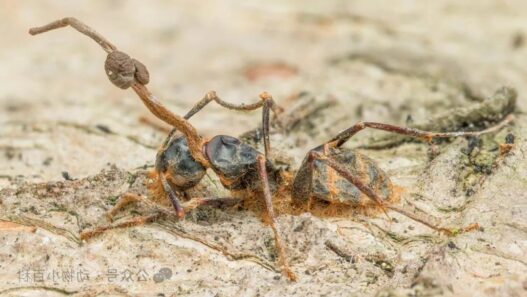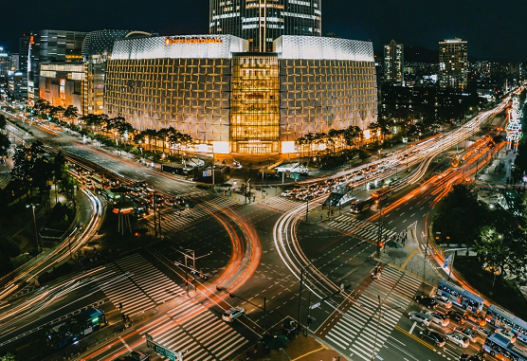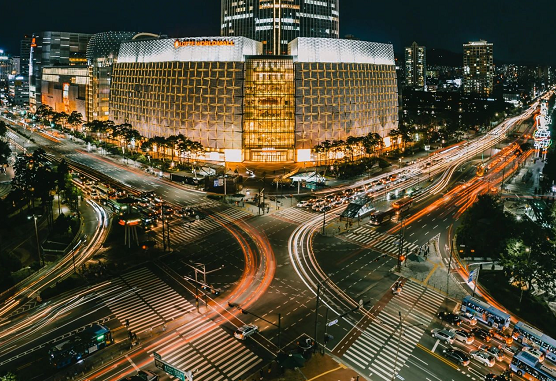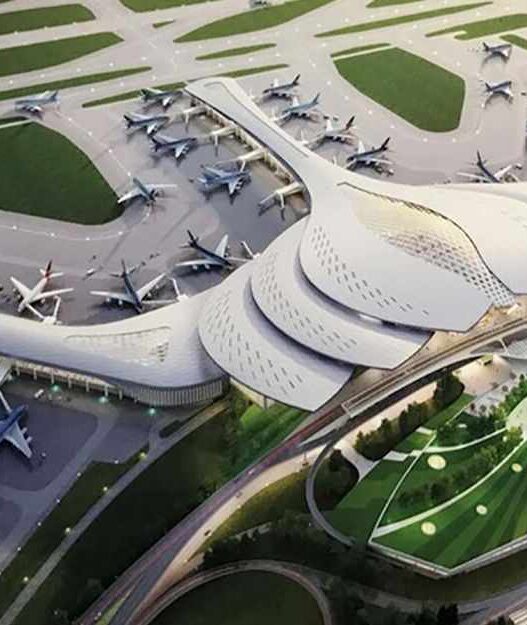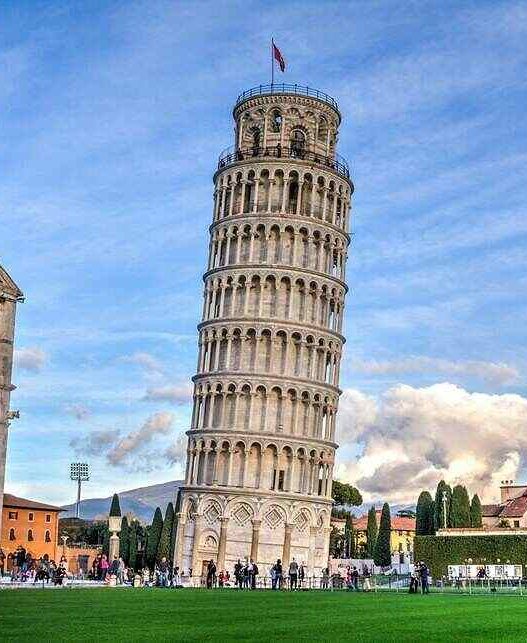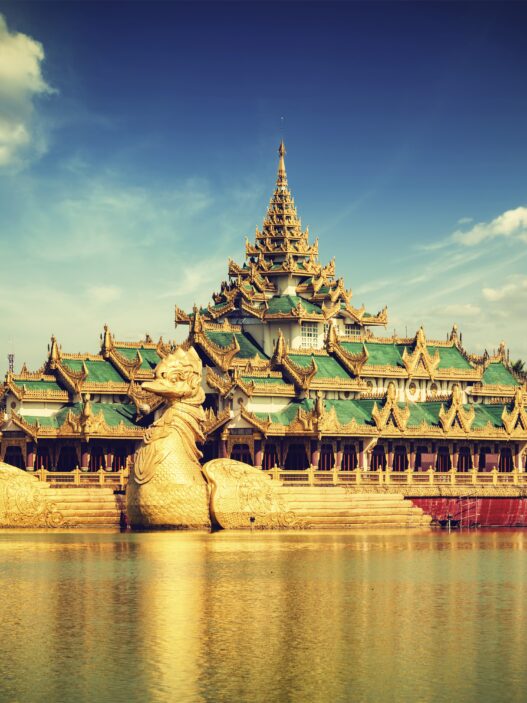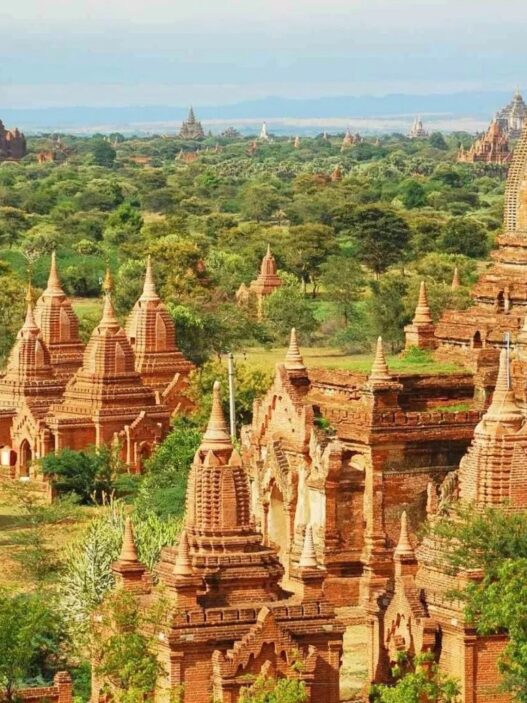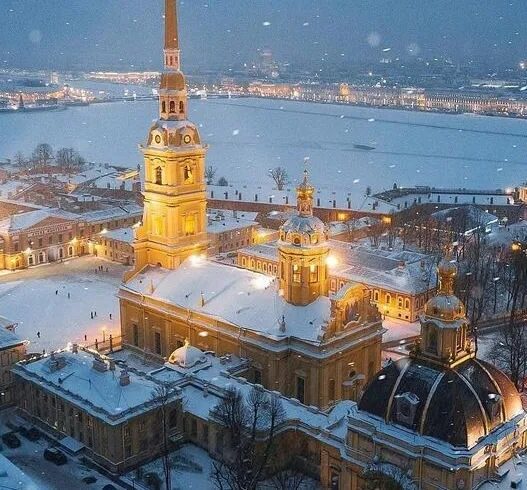South Korea, a perfect destination for city walks, where traditional culture meets modern trends. Immerse yourself in an artistic and romantic atmosphere as you explore its vibrant streets.
Must-Visit Attractions| Travel Treasures
Gyeongbokgung Palace
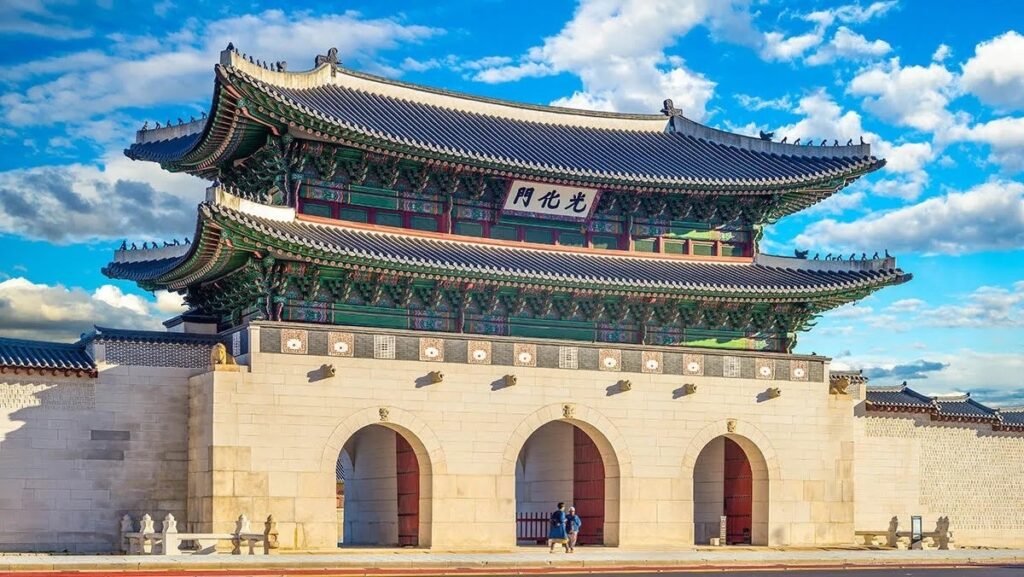
Built in 1394, this grand palace from the Joseon Dynasty showcases a unique architectural style and rich historical charm, offering a fantastic opportunity to delve into Korea’s cultural heritage.
Namsan Seoul Tower (N-Seoul Tower)

A Seoul landmark atop Namsan Mountain, offering panoramic views and a mesmerizing night light show. Featured in K-dramas, it’s famous for the “lock wall,” where couples leave love locks as symbols of eternal love.
Bukchon Hanok Village
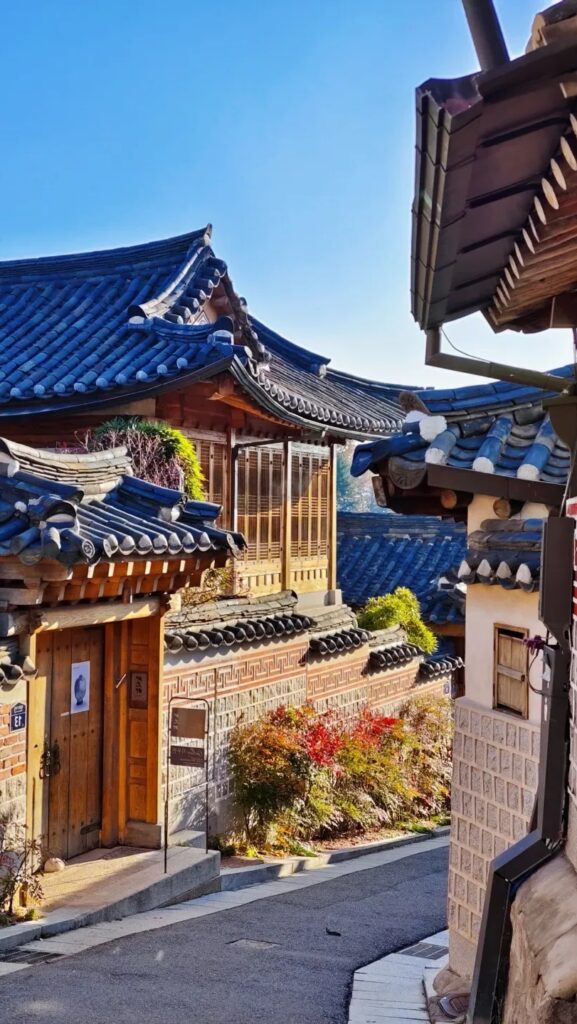
Step back in time with this traditional village, featuring beautiful hanok (Korean-style wooden houses). It’s an authentic taste of East Asian architecture and culture. Also Read>>>>>>>
Lotte World

The largest indoor theme park in Korea, combining thrilling rides, shows, and attractions—perfect for families and young adventurers alike.
Blue House (Cheongwadae)
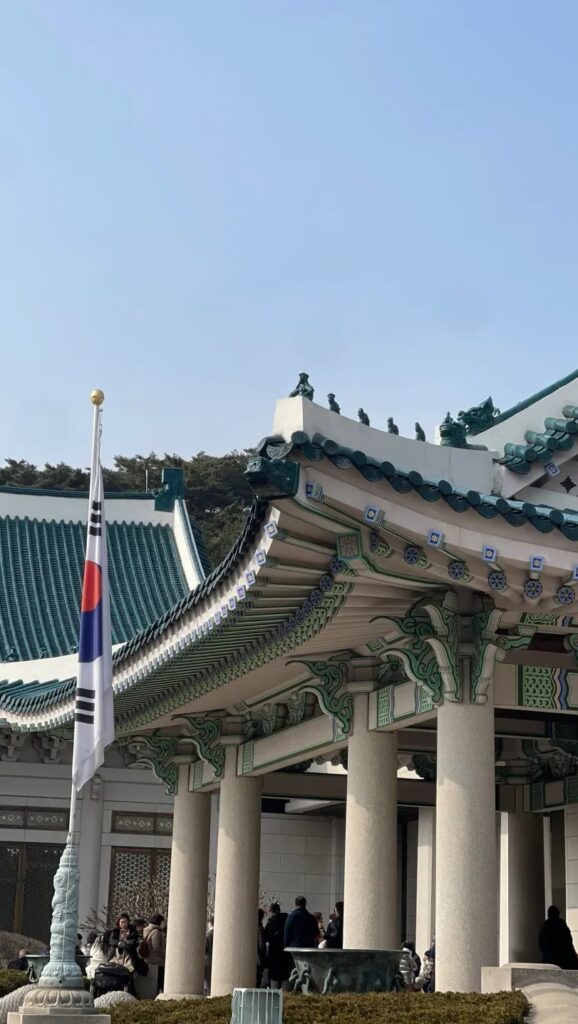
The residence and office of the President of South Korea, similar to the White House in the United States. Be sure to book in advance as access is limited to those with prior reservations (at least three days ahead).
Itaewon
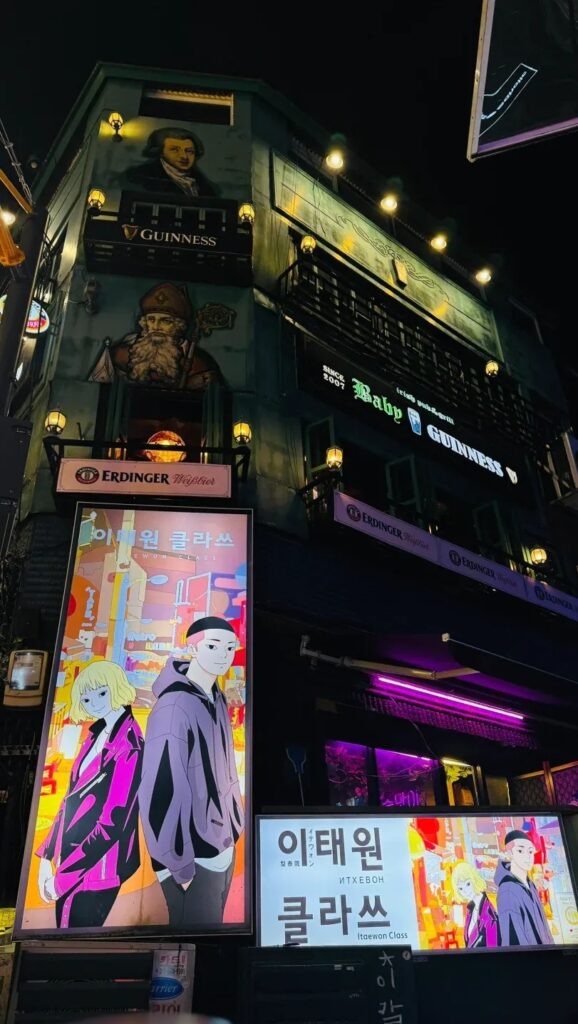
One of Seoul’s most international districts, Itaewon is a hub of trendy restaurants, bars, and cafes. The area’s vibrant nightlife scene is a favorite among locals and tourists alike.
Han River
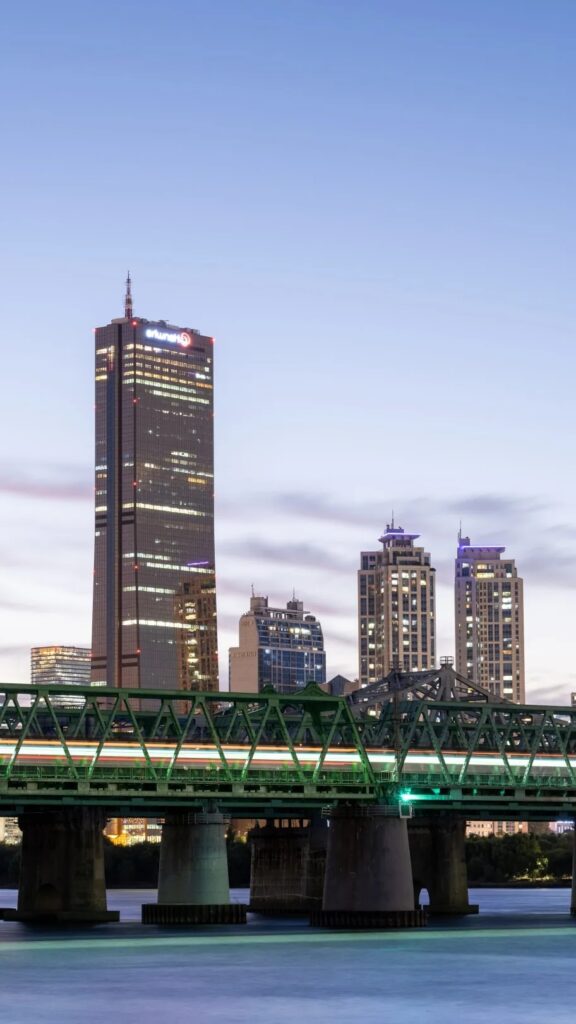
Known as the “Mother River” of Seoul, the Han River is one of the city’s most iconic spots. Whether walking, biking, or taking a boat tour, you’ll enjoy breathtaking views of the river and surrounding scenery.
Myeongdong
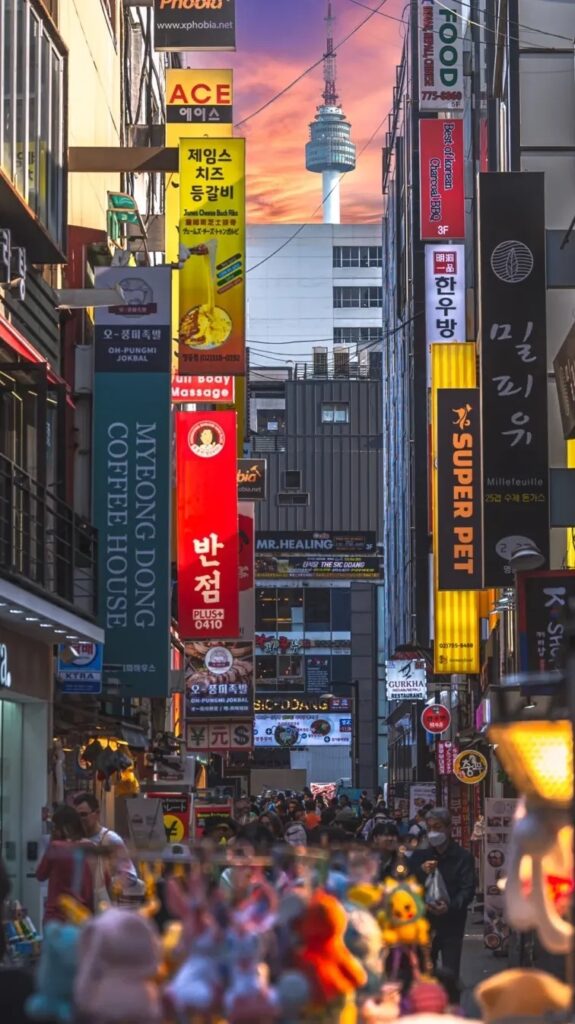
A shopping paradise in the heart of Seoul, Myeongdong boasts an endless selection of retail stores, restaurants, and cafes. It’s the perfect place to indulge in some retail therapy and enjoy mouthwatering street food.
Jeju Island
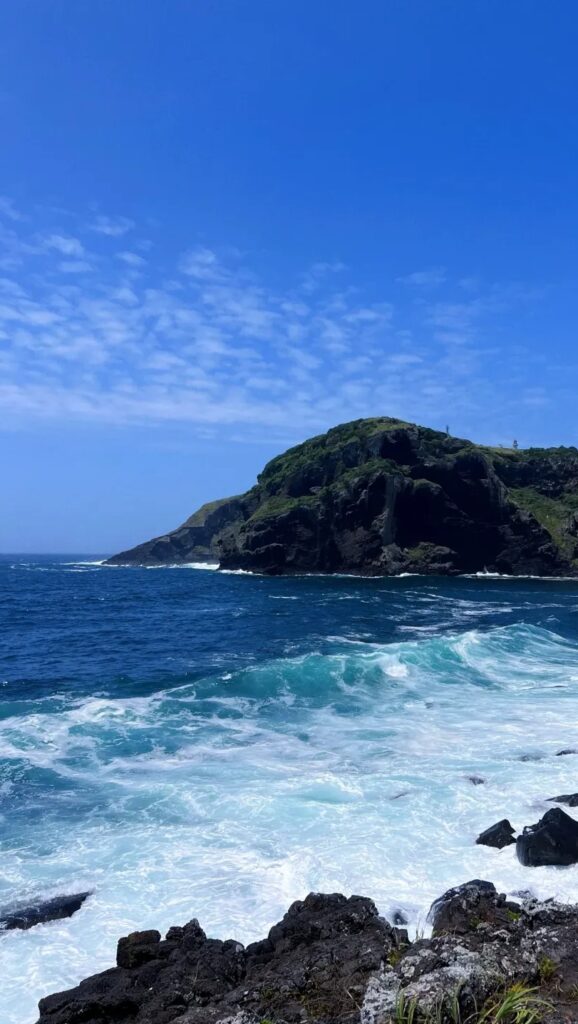
South Korea’s largest volcanic island, Jeju, boasts UNESCO-listed craters, pristine beaches, and rich folk culture, making it a must-see for nature lovers.
Busan
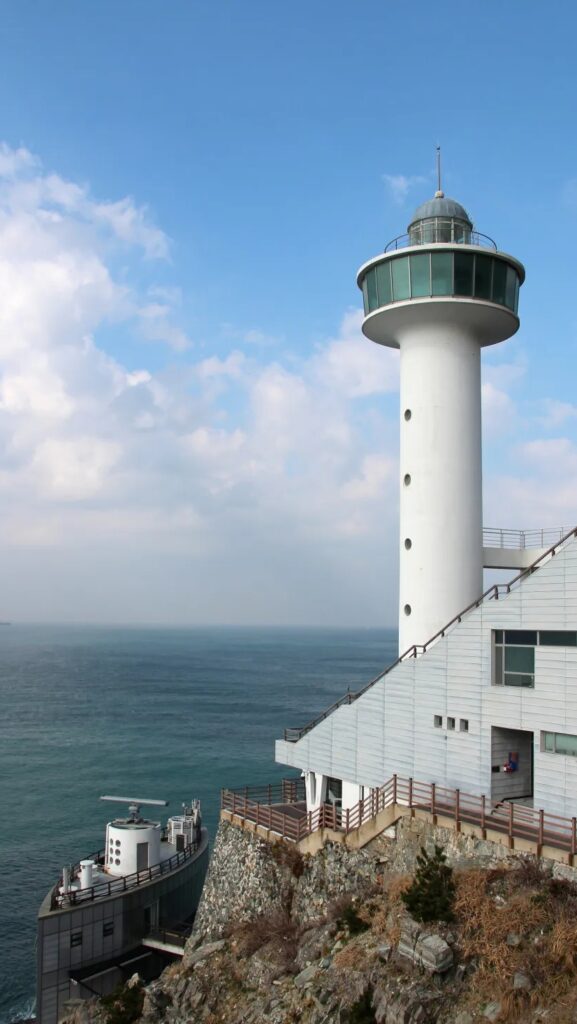
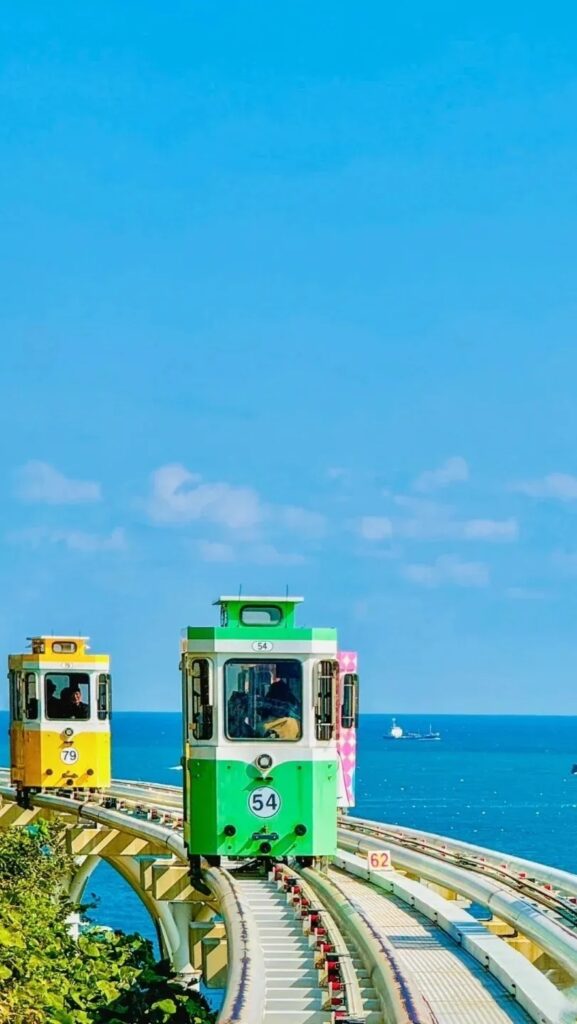
Busan, Korea’s second-largest city, offers stunning coastal and inland attractions. Don’t miss the capsule train for a whimsical, Ghibli-like ride.
Gamcheon Culture Village
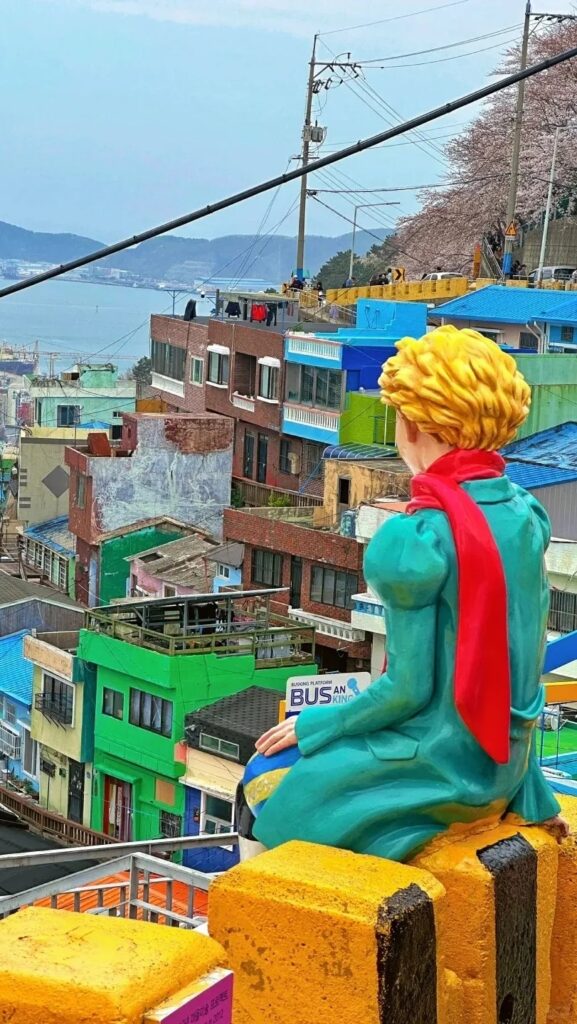
Nicknamed “The Santorini of Busan,” this colorful village offers vibrant houses, scenic views, and iconic spots like the Little Prince and Fox statues, perfect for photos.
Must-Try Korean Foods
Korean BBQ (Samgyeopsal)
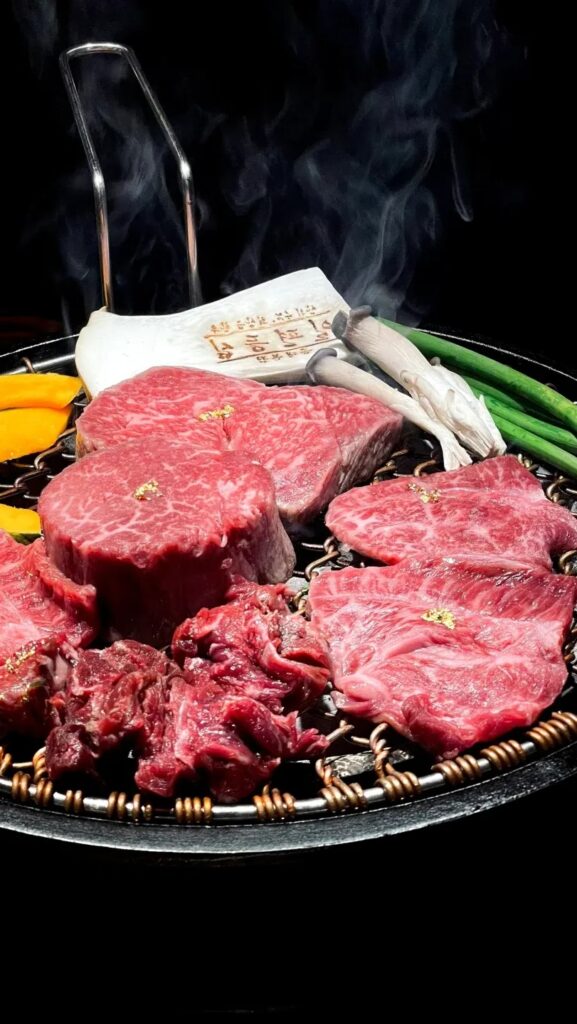
Thinly sliced pork or beef grilled at the table and enjoyed with fresh vegetables, sauces, and a delightful range of side dishes. A culinary experience you can’t miss!
Korean Fried Chicken
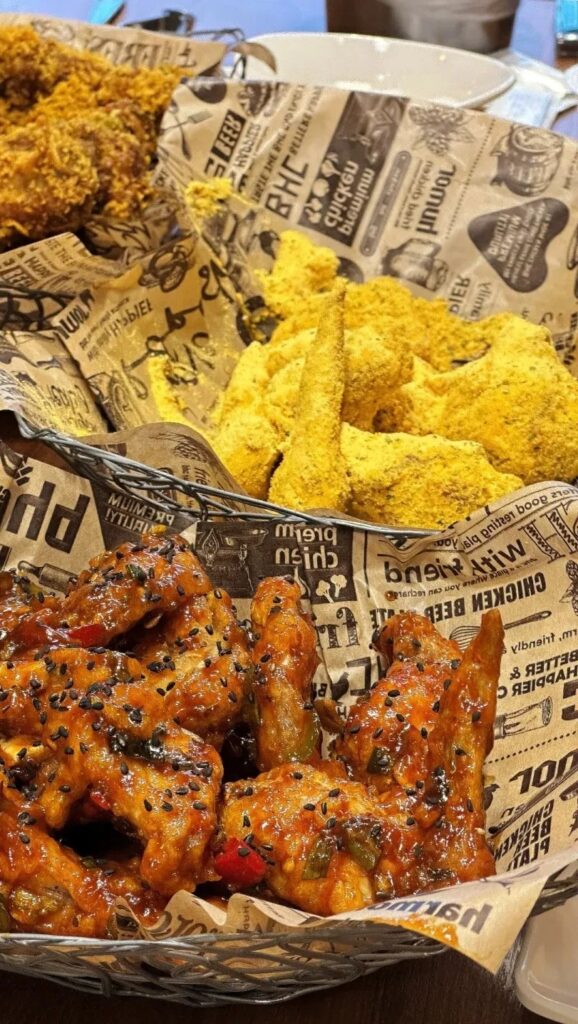
Crispy on the outside and tender on the inside, Korean fried chicken comes in a variety of flavors, from spicy gochujang (chili paste) to sweet honey garlic and cheesy options.
Fish Cakes (Eomuk)
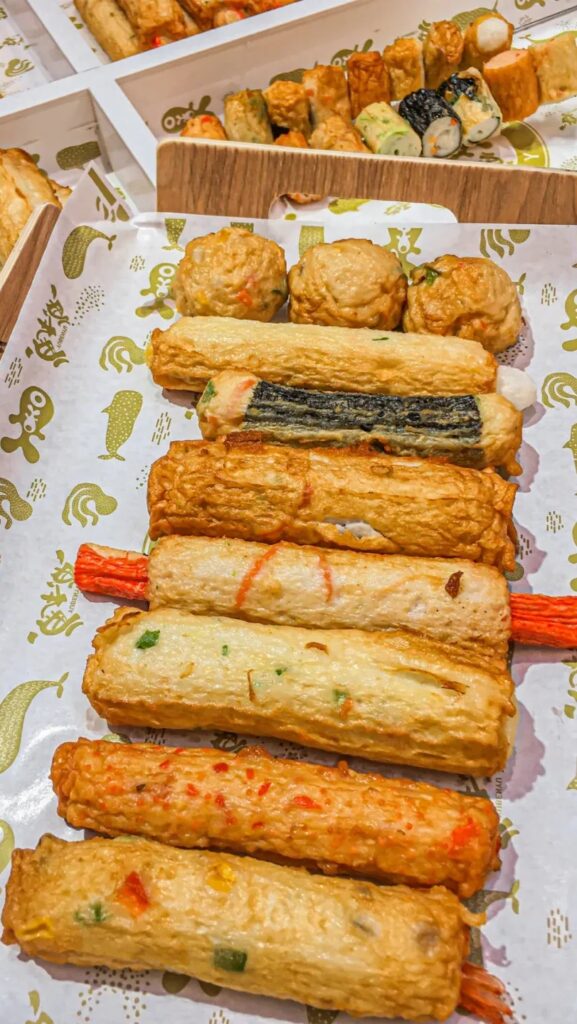
A savory snack made from fish and starch, deep-fried to perfection. Soft on the inside and crispy on the outside, these bite-sized treats are a local favorite.
Spicy Rice Cakes (Tteokbokki)
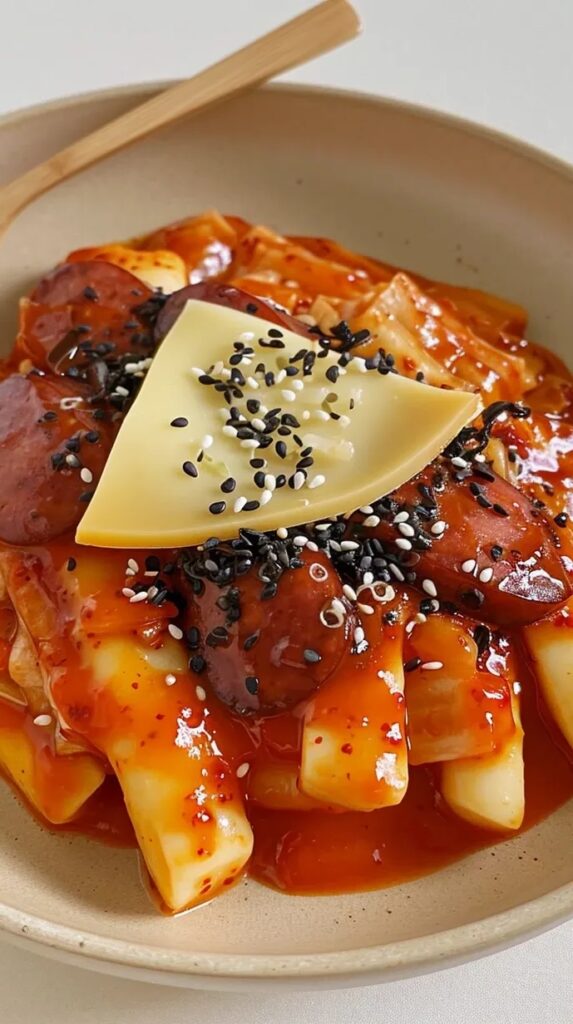
Chewy rice cakes stir-fried with spicy chili sauce and vegetables. A popular street food that’s perfect for cold weather, with a balance of spicy and savory flavors.
Kimchi
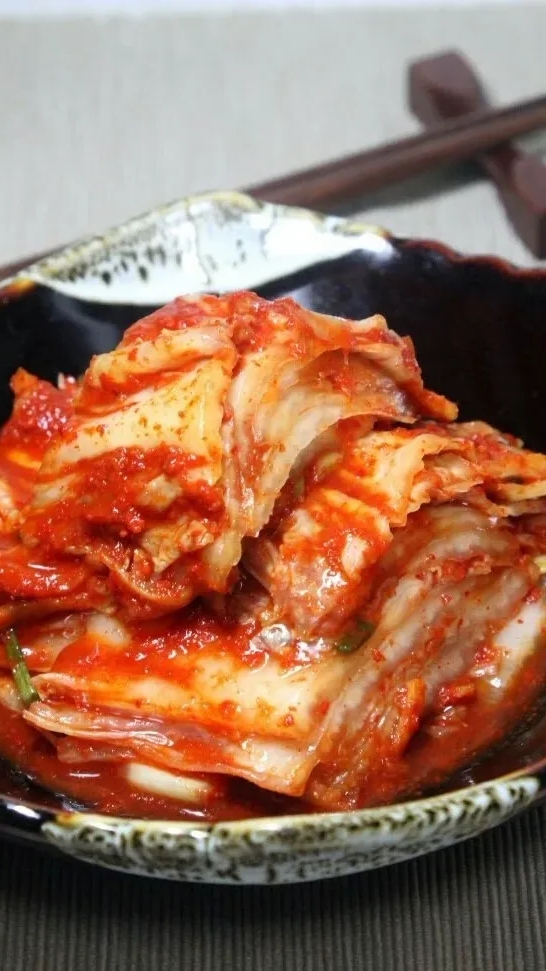
Korea’s signature dish, kimchi is a spicy and sour fermented vegetable, usually made from cabbage and chili peppers. It’s served at every meal and often used in other dishes.
Kimbap (Korean Sushi Roll)
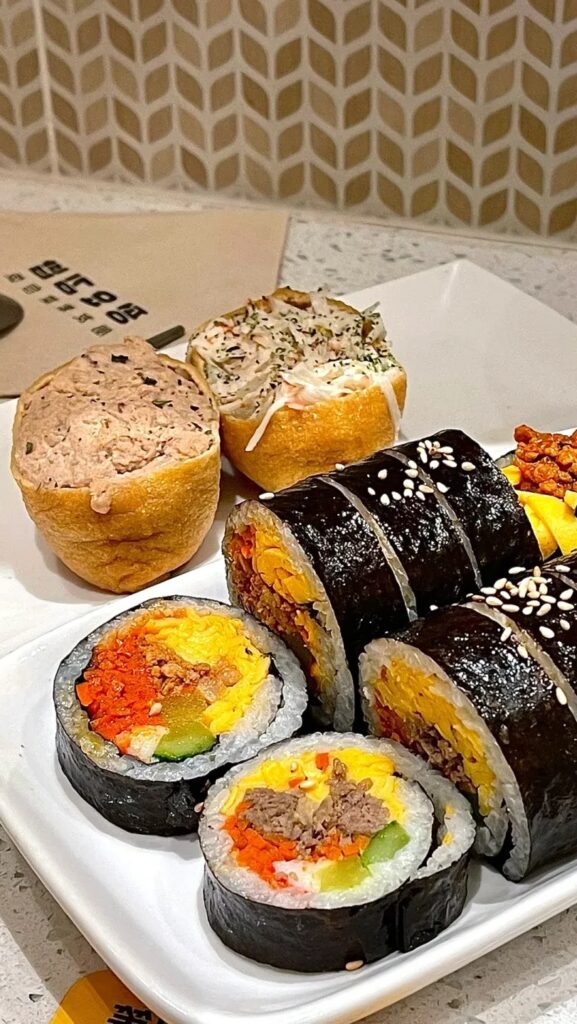
Similar to Japanese sushi rolls, kimbap is made with rice, vegetables, meat, and seasonings, all wrapped in seaweed. Convenient and delicious, it’s also known as “Korean hand rolls.”
Ginseng Chicken Soup (Samgyetang)
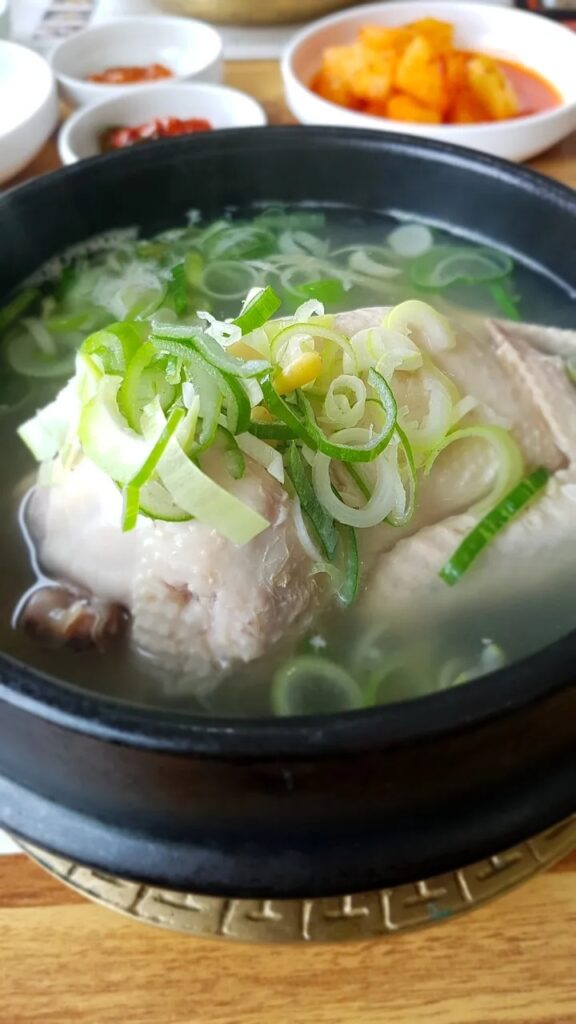
A nourishing dish made by simmering a whole chicken stuffed with ginseng and herbs. It’s believed to replenish energy and improve health.
Bibimbap (Stone Pot Rice)
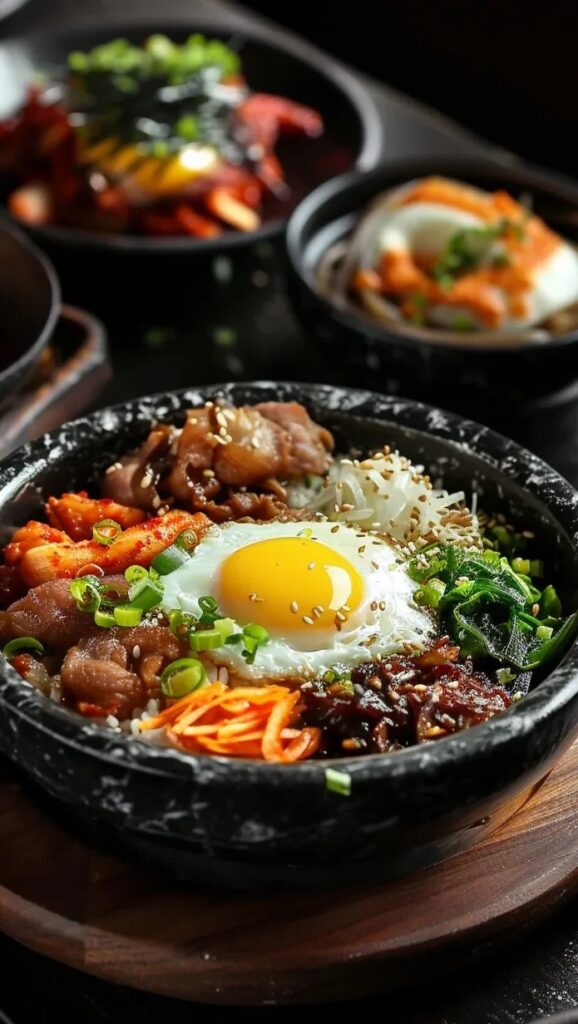
A mixed rice dish with vegetables, meat, and a fried egg, served in a sizzling stone pot. The hot stone forms a crispy rice layer at the bottom, adding extra flavor and texture.
Best Time to Visit| Travel Treasures
Climate:
Korea’s climate varies by region, with a temperate north and subtropical south. Winters are cold and dry (as low as -12°C), while summers are hot and humid (up to 37°C). Annual rainfall averages 1,500 mm, mostly from June to August.
Best Travel Seasons:
Spring (April to June): The best time to visit, with average temperatures ranging from 15°C to 18°C. It’s a season of blooming flowers and lush greenery, and many festivals are held in places like Yeouido Park, Seoul Forest, and Changyeonggung Palace.
Summer (July to August): The hottest months, with temperatures between 23°C and 30°C. Due to the heat and humidity, many people head to coastal cities like Busan for a refreshing sea breeze.
Autumn (September to November): Like spring, autumn is a fantastic time to visit, with cooler temperatures and vibrant fall foliage. This season also sees the celebration of Korea’s major holidays, including Chuseok (Korean harvest festival).
Winter (December to March): Cold and dry, but magical. Ideal for winter sports enthusiasts, who can enjoy skiing and snowboarding in areas like Gyeonggi-do and Gangwon-do.
So, whether you’re exploring Korea’s historical landmarks, indulging in its unique cuisine, or simply soaking up the seasonal beauty, Seoul and its surrounding regions offer something unforgettable at every turn.






